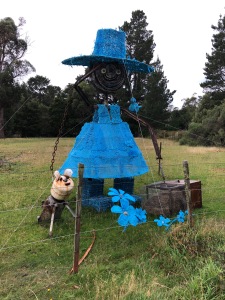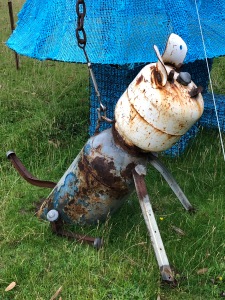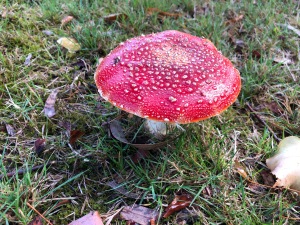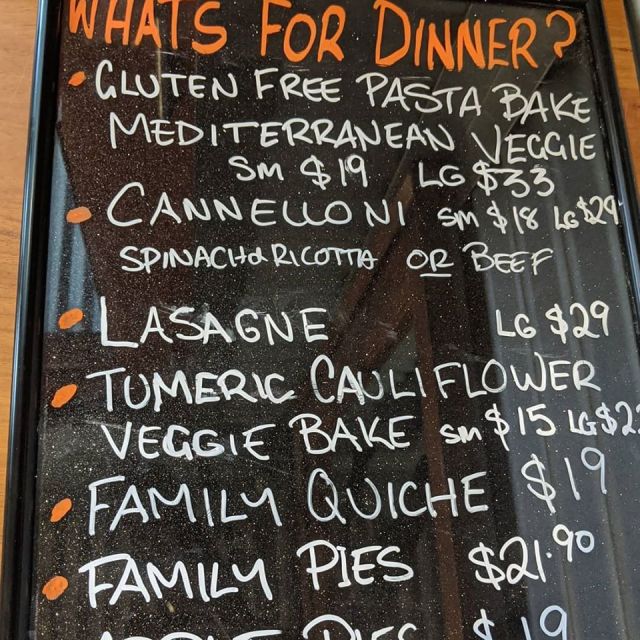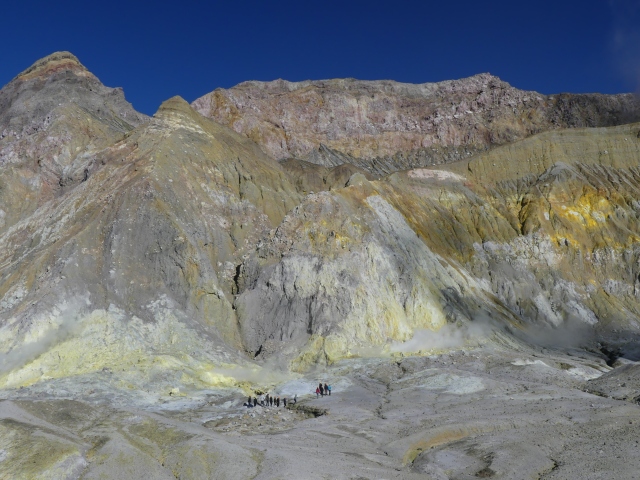Did you know March 23 is National Eucalypt Day? I found out about it on Sunday, thanks to Helen Young’s Gardens column in The Weekend Australian Magazine. I was pretty excited, as I have come to love eucalypts, and have some favourites, which I share below.
The article also alerted me to Eucalypt Australia, a charitable trust that, according to their website, focuses on promotion, cultivation, conservation and education. It was establised thanks to a bequest from Bjarne K Dahl, who worked in Australia’s forests as an assessor.
Eucalypt Australia runs an annual competition for Eucalypt of the Year and a photography competition. I discovered the competitions an hour before they closed, so only had time to vote for Eucalypt of the Year. Sadly I didn’t have time to find, sort and upload images for the Instagram photo comp, so I’ll have to wait for next year. The winners for both the 2022 competitions are announced on, you guessed it, National Eucalypt Day.
There are over 900 eucalypt species in Australia (no wonder I have trouble identifying them) and they are made up of three genera: eucalypts, angophoras and corymbias, which includes bloodwoods. There was a shortlist of 25 species to choose from in Eucalypt of the Year. I found it difficult to vote for just one, because as I said before, I have several favourites, which I keep adding to as I travel around Australia.
An all-time favourite is the Scribbly Gum, and this year’s short list included Eucalyptus haemastoma, the Sydney Scribbly Gum, apparently one of three scribbly gums (and I thought there was only one – I have so much to learn). The abstract lines on the trunk are caused by larvae of the Scribbly Gum Moths, which tunnel between layers of bark. When the outer layer of bark is shed the squiggly, wiggly tracks are exposed in all their curvaceous, artistic beauty. The sinuous, serpentine lines remind me of winding rivers (and Dreamtime serpents) as they snake their way across the Australian outback.
Talking of the outback, another favoutive eucalypt is the River Red Gum, Eucalyptus camaldulensis. I saw some magnificent specimens at Wilpena Pound in South Australia, including the one famously photographed by Harold Cazneaux. Many of the ones I viewed were over 500 years old and dwarfed everything around them.
Their bark displayed a variety of patterns and colours, including a luminescent cream that glistened pearlescent in the sunlight.
They are so tenacious, withstanding sweeping floods and then prolonged drought, holding dry riverbanks together until the water flows again. The River Red Gum was the worthy inaugural winner of the competition in 2018, so I couldn’t vote for it.
Another gum with beguiling bark is the Tasmanian Snow Gum Eucalyptus coccifera. I was besotted with them recently in Mt Field National Park in Tasmania. Chestnut and charcoal outer bark shrank to reveal contemporary mosaics of mustard, pistachio and slate. Stunning! I really wanted to vote for this beauty, whose bark is similar to its mainland counterpart Eucalyptus pauciflora, which won the 2019 competition. But there was one other tree I had to vote for first.
The Sydney Red Gum Angophora costata got my vote. This majestic tree is so distinctive, it was the first eucalypt whose name I learnt and it is ubiquitous in the sandstone country of my favourite playgorund, Ku-ring-gai Chase National Park. I love them in so many ways. They are the matriarchs of the bush, towering over other trees like guardians of the forest. They wear their rich ochre bark with confidence and pride. They embrace their gnarly twisted limbs making them look noble and even graceful. Yet on a completely different level they just make me smile, becuase they remind me of whimsical Dr Suess trees – wonky outstretched limbs waving tufted clouds of leaves. So they are a winner in my eyes!
Also this week I came across an engaging article, Tree-mendous Talents, by Emma Losco, who works for National Parks & Wildlife Service NSW. She takes a playful look at the talents of trees found in NSW parks and includes several eucalypts. I think the universe is channeling eucalypts my way this week!
What are your favourite eucalypts? (Because I understand it’s too hard to have just one!)






















